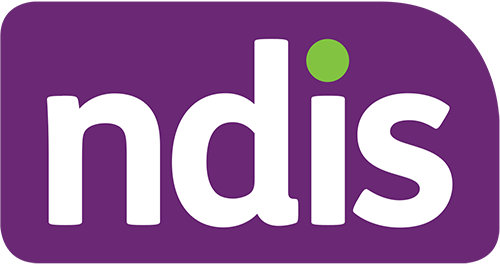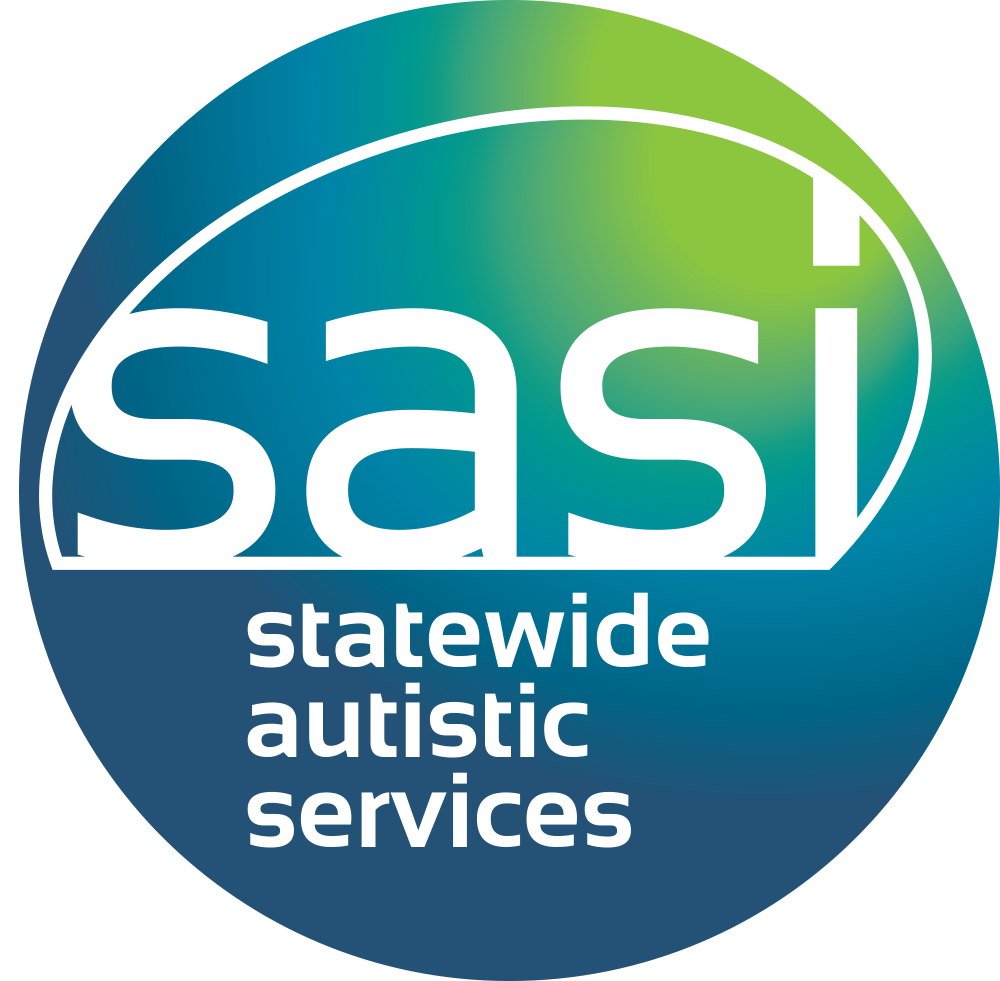Tips for an ASD Friendly Classroom
Children with ASD tend to be more visual learners, they can be easily distracted by noise and need structure in their lives. As such, the average classroom can be very uncomfortable, with too much noise, bright lights, and lots of things going on in a small space causing too many distractions which is not conducive to effective learning.
Schools and teachers may not always have the knowledge and/or resources to assist ASD students. However, a more appropriate classroom set up will not only help children with Autism, but also those with ADHD and other learning difficulties.
By implementing some of the following strategies in the classroom, all children will likely feel more comfortable, less anxious and will therefore be able to learn better.
- Have clear rules and expectations
Make sure you are clear with the rules and expectations within the classroom. Provide only a handful, as too many rules will cause confusion. Be very clear with the language used, avoiding anything that can be misinterpreted.
- Reduce noise and distractions
Children with ASD are easily distracted by sensory stimulation, in the classroom this is most likely in the way of sound and visual. The best way to reduce these distractions is by having smaller class sizes, and in effect reducing the noise levels. Try to increase natural lighting in the classroom, also reduce posters and artwork hanging from the walls and ceiling.
- Make learning relevant
Children on the spectrum tend to gravitate to certain areas of interest. They might like trains, anime, Lego, or animals. Once they find that interest, they usually become a bit of an expert on their chosen subject. As a teacher, or even a parent, we need to harness that interest and use it to help them learn about other things. Tailor or theme your lessons around the topic they’re interested in so it becomes more relevant and palatable to them.
- Use visual aids
ASD children tend to be more visual learners, they also learn better by doing.
You know the Benjamin Franklin quote:
Tell me and I’ll forget
Teach me and I’ll remember
Involve me and I’ll learn
It is so true, for all children, not just those who are on the spectrum. Having visual aids such as timetables or class schedules can also help children know what’s on, when, so they can better transition from one classroom activity to another.
- Create activities which will help them develop their communication and social skills
By creating hands on and interactive learning experiences children will incidentally start to use and develop their communication and social skills.
Teachers need to be more flexible in the way they teach and must be able to adjust their expectations to suit each individual student. Remember all children learn and develop at different rates. By keeping this in mind and introducing some of the above-mentioned techniques into the classroom, you may find some less anxious, happier ASD students who are learning better and enjoying their school experience more.
SASI Guest Parent Blogger
Image courtesy of pixabay.com










